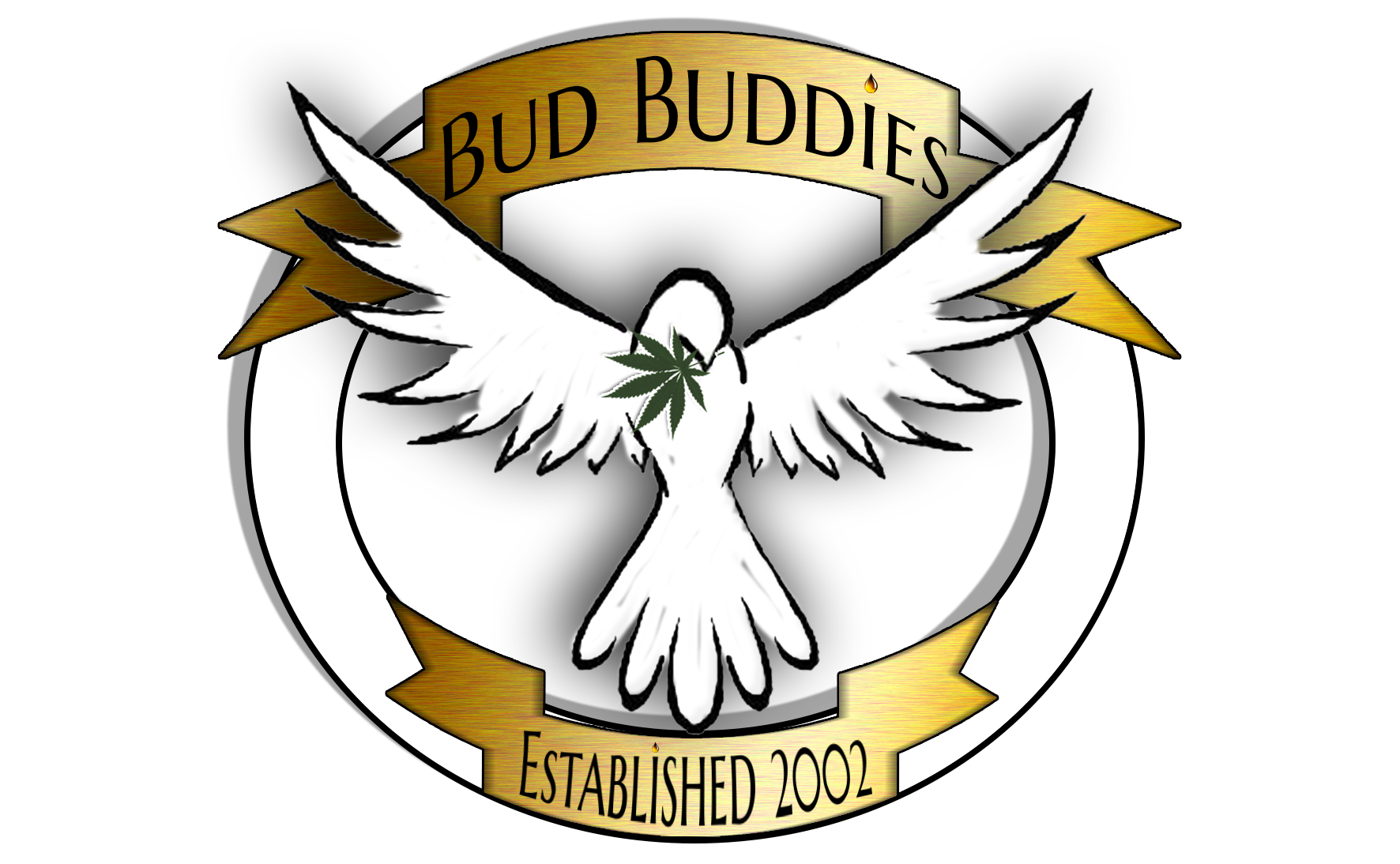A B C D E F G H I J K L M N O P Q R S T U V W X Y Z
Emphysema
Also, see Asthma
Emphysema causes the small airways in the lungs to collapse during exhalation resulting in impeded airflow, symptoms include shortness of breath and an expanded chest.
Vey Linville discusses using marijuana to treat his severe emphysema.
Cannabis aids in expansion of the bronchi and bronchioles allowing higher oxygenation in patients, this is not a cure but provides tremendous relief for patients (See Asthma).
Epilepsy
Epilepsy Is a medical disorder involving episodes of irregular electrical discharge within the brain and is characterized by the periodic sudden loss or impairment of consciousness, often accompanied by convulsions.
Cannabis extracts to treat epilepsy commenced in the late 19th century and prominent English neurologists, (Reynolds and Gowers) used cannabis to treat their epileptic patients. However, the use of cannabis for epilepsy remained very limited, and despite anecdotal successes, cannabis received scant or no mention from English-language epilepsy texts in the late 19th and early to mid-20th centuries.
Jayden David receives his medicine – non-psychoactive cannabis extract – which controls his epilepsy more effectively than any pharmaceutical product. Jason David administers oral drops of a cannabis tincture that has greatly helped control the symptoms.
Cannabidiol (CBD) – Pharmacology and potential therapeutic role in epilepsy
“Accounts of dramatic improvements with cannabis-based products with high CBD:THC (e.g., >20:1) ratios in the popular press have sparked a serious interest among epilepsy clinicians in pursuing the rigorous, scientific study of CBD”
“Cannabidiol has a wide range of biologic effects with multiple potential sites of action in the nervous system. Preclinical evidence for anti-seizure properties and a favourable side-effect profile support further development of CBD-based treatments for epilepsy”
Download the .pdf: Here
Dravet Syndrome
A survey of parents treating their children with cannabis extracts conducted in 2014 by The Department of Neurology, Stanford University reported some very interesting points:
“Quality of life surveys show that adverse effects of AEDs have as much of an impact on the patient’s ability to enjoy life as the seizures themselves. Our survey reports that cannabidiol (CBD) enriched cannabis is behaviorally well tolerated and may have beneficial effects on cognition and mood.
Many parents reported that their children experienced better sleep, increased alertness, and better mood while taking cannabidiol-enriched cannabis. These beneficial side effects are rarely reported with paediatric use of other AEDs. Additionally, many negative side effects commonly associated with AEDs, such as irritability, insomnia and aggressive behaviour were notably absent from the parent reports on cannabidiol-enriched cannabis.
Because of the apparent efficacy of cannabidiol-enriched cannabis, 12 parents reported weaning their child from other AEDs, thereby further increasing the child’s quality of life by removing negative side effects associated with those other AEDs”
The children involved in the survey aged between 2 to 16 years old. 13 children had Dravet syndrome, 4 had Doose syndrome, and one each suffered Lennox-Gastaut syndrome and idiopathic early-onset epilepsy. The children experienced a variety of seizure types, in all cases (except the patient aged 2) the children experienced treatment-resistant epilepsy for more than 3 years before trying cannabidiol enriched cannabis. The 2-year-old had experienced intractable seizures for 16 months before trying CBD enriched cannabis.
The children had unsuccessfully tried (on average) 12 other AEDs before their parents began cannabidiol-enriched cannabis treatment. The doses of CBD the parents reported providing ranged from less than 0.5 mg/kg/day up to 28.6 mg/kg/day. The doses of THC contained within those samples were reported to range from 0 to 0.8mg/kg/day. To obtain dosage information, parents reported having their preparations tested at commercial medical cannabis testing facilities.
Seizure frequency before administering cannabidiol-enriched cannabis ranged from 2 per week to 250 per day. The duration of CBD enriched cannabis administration ranged from two weeks to over one year. Sixteen (84%) of the 19 parents reported a reduction in their child’s seizure frequency.
Two parents reported that their child became seizure-free after more than 4 months of CBD enriched cannabis use. Of the remaining 14 parents reporting a change in seizure frequency, 8 reported a greater than 80% reduction in seizure frequency, three reported a greater than 50% seizure frequency reduction and three reported a greater than 25% seizure frequency reduction. Three parents reported no change.
Twelve parents weaned their child from another AED after starting cannabidiol-enriched cannabis treatment.
Parents report on CBD for paediatric treatment-resistant epilepsy
“We found that parents of children with severe treatment-resistant epilepsies are using cannabidiol-enriched cannabis to treat their child’s epilepsy.” Parents report a high rate of success in reducing seizure frequency with this treatment. Cannabidiol-enriched cannabis appears to be behaviourally well tolerated with some positive side effects not commonly associated with other AEDs
Download the .pdf: Here
